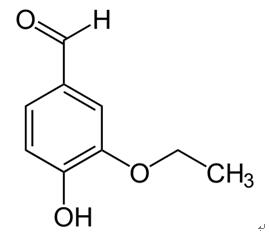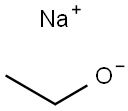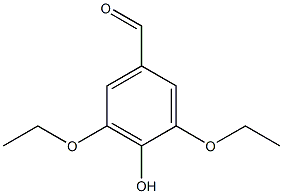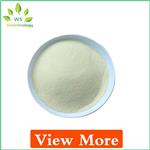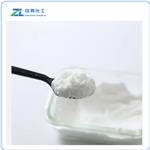
Ethyl vanillin
- Product NameEthyl vanillin
- CAS121-32-4
- CBNumberCB7852934
- MFC9H10O3
- MW166.17
- EINECS204-464-7
- MDL NumberMFCD00006944
- MOL File121-32-4.mol
- MSDS FileSDS
Chemical Properties
| Melting point | 74-77 °C (lit.) |
| Boiling point | 285°C |
| Density | 1.1097 (rough estimate) |
| vapor pressure | <0.01 mm Hg ( 25 °C) |
| FEMA | 2464 | ETHYL VANILLIN |
| refractive index | 1.4500 (estimate) |
| Flash point | 127°C |
| storage temp. | Store below +30°C. |
| solubility | 2.82g/l |
| form | Fine Crystalline Powder |
| pka | 7.91±0.18(Predicted) |
| color | White to off-white |
| Odor | at 10.00 % in dipropylene glycol. sweet creamy vanilla caramel |
| Odor Type | vanilla |
| biological source | synthetic |
| Water Solubility | slightly soluble |
| Sensitive | Light Sensitive |
| Merck | 14,3859 |
Safety
| Symbol(GHS) |

|
|||||||||
| Signal word | Warning | |||||||||
| Hazard statements | H319 | |||||||||
| Precautionary statements | P305+P351+P338 | |||||||||
| Hazard Codes | Xn,Xi | |||||||||
| Risk Statements | 22-36/37/38 | |||||||||
| Safety Statements | 26-36 | |||||||||
| WGK Germany | 1 | |||||||||
| RTECS | CU6125000 | |||||||||
| Hazard Note | Harmful/Irritant/Light Sensitive | |||||||||
| TSCA | Yes | |||||||||
| HS Code | 29124200 | |||||||||
| Hazardous Substances Data | 121-32-4(Hazardous Substances Data) | |||||||||
| Toxicity | LD50 orally in rats: >2000 mg/kg, P. M. Jenner et al., Food Cosmet. Toxicol. 2, 327 (1964) | |||||||||
| NFPA 704: |
|
